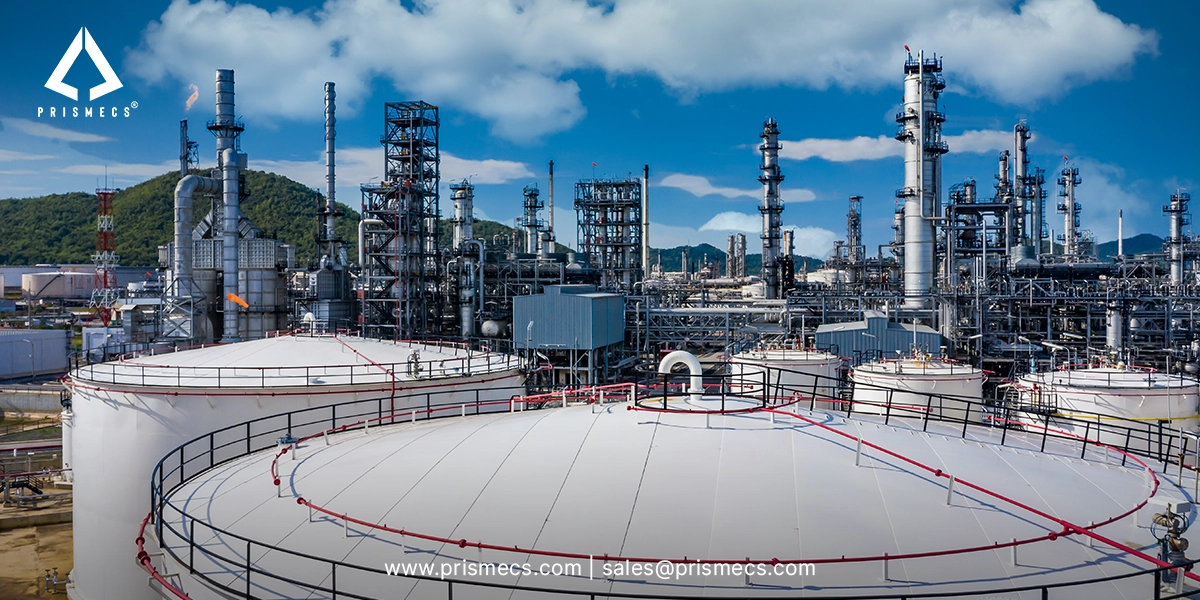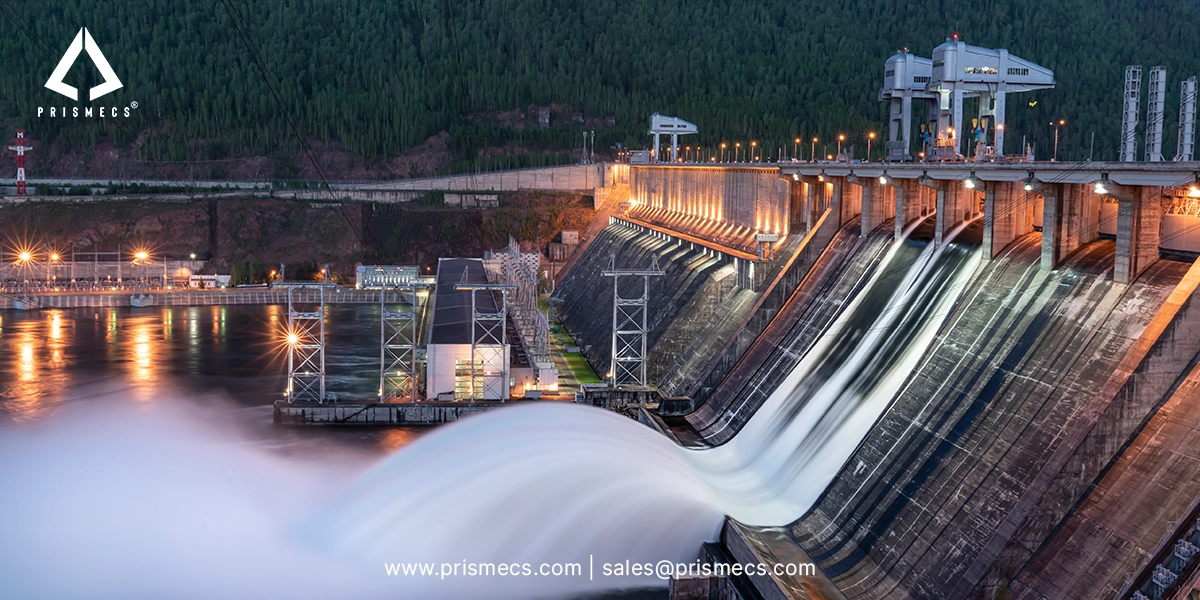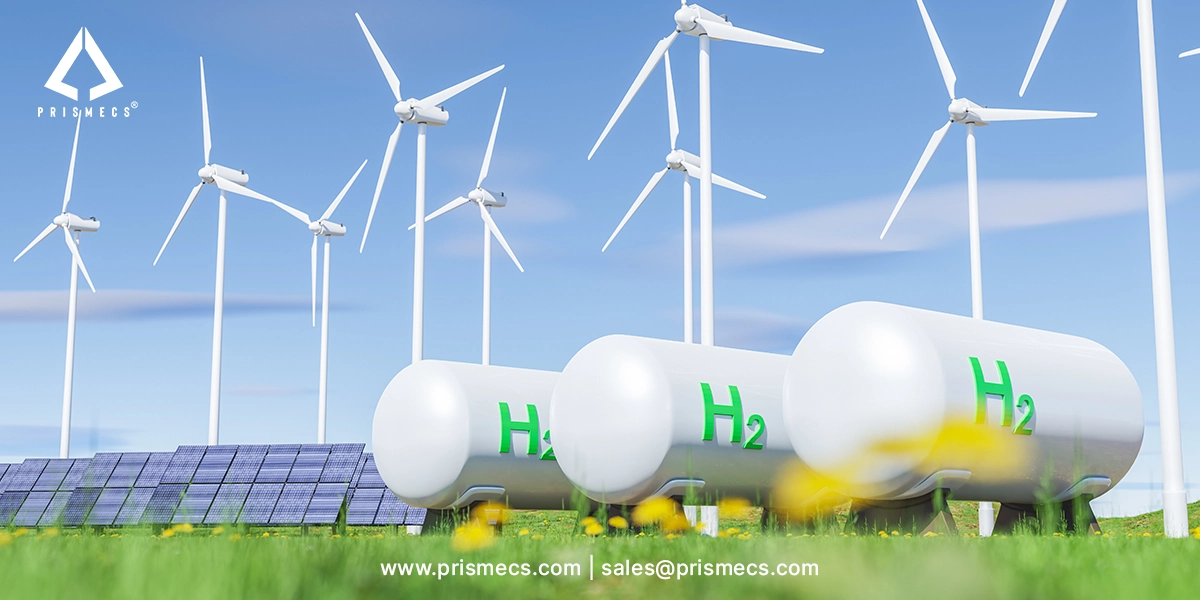
Oil-well cementing involves pumping cement slurry into the annular space between the casing and the wellbore. This primary cementing operation creates a robust cement sheath that ensures zonal isolation, supports the casing string, and prevents fluid migration. Effective cement placement is essential for maintaining well integrity and ensuring long-term operational safety. For such critical tasks, exceptional oilfield and cementing services are indispensable.
What is Oil-Well Cementing?
Oil-well cementing is used to develop and pump cement into a wellbore. The primary purpose is to protect and seal the wellbore by filling the void between the casing and borehole. This essential cementing process serves three key functions:
- Supports the casing and shields it from corrosion.
- Isolates oil, gas, and water-producing zones.
- Prevents blowouts by creating a reliable seal.
The Role of Cement in Oil and Gas Operations
Cement is critical in oilfield operations, offering compressive strength and structural stability. It ensures the casing stays in place while preventing fluid migration between geological zones. It also enhances well integrity by forming a seal that prevents external material from contaminating the well flow.
Applications and Importance of Oil-Well Cement
Oil-well cement is a specialized type of cement designed for extreme downhole conditions. It meets API Specification 10A standards and can withstand high temperatures and pressures. The cementing process is integral to various wellbore operations, including:
- Primary cementing to support casing strings and achieve zonal isolation.
- Remedial cementing to address issues like lost circulation or compromised cement bonding.
- Abandonment cementing for sealing unused wells.
The Cementing Process: How It Works
The cementing process involves multiple steps to ensure proper cement placement:
Mixing the Slurry
Cement, water, and additives are blended to create a slurry with the desired set time and properties.
Pumping the Slurry
The cement slurry is pumped into the wellbore and flows to the bottom via the casing.
Cement Placement
The slurry fills the space between the casing and the wellbore. Operators evaluate the cement bonding and thickening time to ensure proper performance.
Setting the Cement
Once set, the cement provides compressive strength, supports the casing, and forms a reliable seal to prevent fluid migration.
Three Key Functions of Cement in Casing Operations
Cementing operations ensure the integrity and functionality of good casings. The primary functions include:
Casing Support
It provides structural stability and prevents deformation under extreme conditions.
Corrosion Prevention
It shields the casing from corrosive fluids.
Zonal Isolation
It restricts fluid movement between geological layers, ensuring efficient production.
Why Choose Oilfield Cementing Services?
Oilfield cementing services are essential for achieving optimal cementing operations. These services involve specialized equipment and expertise to ensure accurate cement placement. The hardware layout will be different, but as usual, it will include the following items in the cementing services.
Key components of these services include:
Cement Transport and Storage
Bulk silos, big bags, and sacks are used to transport and store dry cement efficiently. Bulk storage offers operational convenience and prevents material loss.
Mixing and Pumping Equipment
Advanced mixing systems ensure a homogenous slurry. Pumps deliver the slurry to the casing head via high-pressure hoses or dedicated delivery lines.
Cement Transport, Handling & Storage Equipment
Dry cement is transported from one place to another or from the supplier or Service Company yard to the oil & gas company. Also, directly to the well-site by road, rail, or carried on a supply boat for offshore functions. The cement is stored in bulk silos, big bags & sacks.
Bulk silos come in different sizes and shapes, depending on whether part of a stationary installation or a mobile unit is available for space. The standard size is 38 m3 (1350 cubic feet), also frequently utilized for other bulk commodities such as bentonite & barite. The silos are fixed with nozzles for blowing air to ‘fluidize’ the dry material and a few arrangements to gauge the contents.
Bulk storage is customarily considered to provide operational convenience over the other two alternatives. It needs compressed air to move the dry powder.
Cementing Mixing & Pumping Equipment
The second cementing service used to prepare a slurry is done by blending the cement with the mixed water, exerting enough shear to disperse particles, and encouraging accurate yielding into a homogeneous mass system.
The blending is done within the cementing unit with the help of cementing services. This can be a (semi)-permanently installed service on offshore rigs or a mobile one called in for the job.
The slurry made in the cementing unit is typically pumped to the casing head via a temporary connection. A permanent line is installed in a few operations to link the cement unit with the standpipe manifold on the drilling surface.
The connection to the cementing unit is made via a short length of high-pressure hose or made up of Chickasaw joints. Secondary or remedial cementing is usually carried out via drill pipe and cementing stringer. In this scenario, the slurry is delivered to the standpipe manifold & CT unit via a temporary link or a dedicated delivery line.
Cementing Units
Cementing unit Equipment or cementing services are developed for pumping cement into the well. They are utilized for drilling, workover, and killing well functions.
The main components of the cementing unit or cementing services are:
- Storage Bulk Tanks
- Cement Pump
- Liquid additive storage and mixing
- Surge tanks
- Cement Mixer
Enhancing Well Integrity Through Custom Cement Systems
Custom cement systems tailored to specific good conditions improve zonal isolation, prevent fluid migration, and enhance overall well integrity. Cement systems are designed to address challenges like:
Lost circulation during cement placement.
Fluid migration that compromises production zones.
Set time optimization to ensure efficient operations.
Prismecs offers innovative cementing solutions that include advanced equipment, skilled technicians, and customized strategies to meet the unique needs of every well.
The Value of Reliable Cementing Services
Cementing operations are critical for safe, environmentally sound, and profitable oil and gas wells. Reliable services improve cement bonding and minimize operational risks. Key features of high-quality cementing services include:
Efficient Cement Placement
Ensures complete sealing and support for casing strings.
Comprehensive Maintenance
Addresses issues like lost circulation and enhances the durability of cement systems.
Expert Oversight
Skilled technicians monitor the cementing process, ensuring precision and reliability.
Conclusive Remarks
Cementing plays a key role in ensuring oil and gas wells' safety, productivity, and longevity. It offers compressive strength, prevents fluid migration, and ensures zonal isolation. With Prismecs' expertise, advanced equipment, and customized solutions, you can optimize your cementing operations for maximum efficiency and reliability.
Prismecs: Your Trusted Partner in Cementing Operations
At Prismecs, we deliver tailored cement solutions to meet the unique demands of your projects. Our services include:
Cement Transport and Handling
Efficient storage and delivery systems for seamless operations.
Advanced Mixing Technology
State-of-the-art equipment for homogenous slurry preparation.
Customized Cement Systems
Formulations are designed to withstand extreme temperatures and pressures. Contact Prismecs today at +1(888) 774-7632 to learn more about how our innovative cementing services can enhance your integrity and operational success.
Tags: Metals & Mining cementing services oilfield Services oilfield and well
recent posts

Petrochemicals
6 minutes read
Petrochemical EPC Services for Complex Plant Projects
Petrochemical EPC services are designed to manage complex plant projects, brownfield integration, strict regulations, and tight schedules.

Renewables
5 minutes read
How Renewable Energy Systems Work Efficiently
Discover how renewable energy systems work efficiently to provide affordable, zero carbon energy, overcome storage challenges, and power for a sustain...

I and C Services
7 minutes read
Expert Commissioning Services for Safe, Efficient Operations
Learn how expert commissioning services support safe, efficient, and reliable energy operations across complex industrial and power systems.

Green Hydrogen
7 minutes read
Green Hydrogen Plant Technology Guide
Discover how a green hydrogen plant works, its key technologies, and its role in clean energy. Explore solutions for scalable, carbon-free hydrogen pr...